How Nature Works: the science of self-organized criticality
By Per Bak
Category
MathRecommended by
"How Nature Works" by Per Bak is a comprehensive exploration of complex systems in nature and the underlying principles that govern their behavior. Bak, a prominent physicist, showcases his groundbreaking theory of self-organized criticality, which explains how order and disorder emerge and coexist in various natural phenomena.
Through captivating examples and meticulous analysis, Bak illustrates how natural systems, from earthquakes and forest fires to the human brain and stock market, exhibit similar patterns of behavior. He presents the concept of power laws, where small events drive much larger cascades, and how these power laws can help us understand and predict the behavior of complex systems.
Bak also sheds light on the role of avalanches in nature, demonstrating their importance as mechanisms for redistribution of energy and reshaping landscapes. He skillfully connects the patterns observed in these avalanches to phenomena as diverse as river networks, economic instabilities, and the spread of diseases.
Moreover, Bak delves into the concept of self-organized criticality, highlighting how the interactions between individual components in a system can lead to a critical state where fluctuations propagate throughout the system. He explains how this criticality is both stable and sensitive, able to sustain a delicate balance between order and chaos.
With his accessible and engaging writing style, Bak takes complex concepts from physics and mathematics and presents them in a way that is accessible to both scientific and non-scientific readers. By unraveling the mysteries of nature through the lens of self-organized criticality, "How Nature Works" provides a fresh perspective on the interconnectedness and self-regulation of natural systems.
Overall, "How Nature Works" is a thought-provoking and enlightening exploration of the underlying principles that govern nature's complexity. Bak's groundbreaking insights and captivating examples offer readers a deeper understanding of the intricate mechanisms driving the natural world around us.
Through captivating examples and meticulous analysis, Bak illustrates how natural systems, from earthquakes and forest fires to the human brain and stock market, exhibit similar patterns of behavior. He presents the concept of power laws, where small events drive much larger cascades, and how these power laws can help us understand and predict the behavior of complex systems.
Bak also sheds light on the role of avalanches in nature, demonstrating their importance as mechanisms for redistribution of energy and reshaping landscapes. He skillfully connects the patterns observed in these avalanches to phenomena as diverse as river networks, economic instabilities, and the spread of diseases.
Moreover, Bak delves into the concept of self-organized criticality, highlighting how the interactions between individual components in a system can lead to a critical state where fluctuations propagate throughout the system. He explains how this criticality is both stable and sensitive, able to sustain a delicate balance between order and chaos.
With his accessible and engaging writing style, Bak takes complex concepts from physics and mathematics and presents them in a way that is accessible to both scientific and non-scientific readers. By unraveling the mysteries of nature through the lens of self-organized criticality, "How Nature Works" provides a fresh perspective on the interconnectedness and self-regulation of natural systems.
Overall, "How Nature Works" is a thought-provoking and enlightening exploration of the underlying principles that govern nature's complexity. Bak's groundbreaking insights and captivating examples offer readers a deeper understanding of the intricate mechanisms driving the natural world around us.
Share This Book 📚
More Books in Math

Factfulness
Hans Rosling
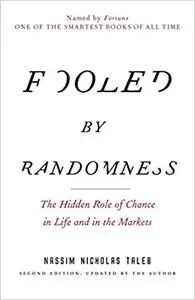
Fooled By Randomness
Nassim Nicholas Taleb

Gödel, Escher, Bach
Douglas R. Hofstadter

Infinite Powers
Steven Strogatz

The Model Thinker
Scott Page

The Princeton Companion to Mathematics
Timothy Gowers

The Signal and the Noise
Nate Silver

A Mathematician's Apology
G. H. Hardy

A Mathematician's Lament
Paul Lockhart

Birth of a Theorem
Cédric Villani

Calculus Made Easy
Silvanus P. Thompson

Euclid's Elements
Euclid

How Nature Works
Per Bak

How To Lie With Statistics
Darrell Huff

Math, Better Explained
Kalid Azad

Mathematician's Delight
W. Sawyer

Mathematics
A.D. Aleksandrov

Naked Statistics
Charles Wheelan

Probability, Random Variables and Stochastic Processes
Athanasios Papoulis

Probability Theory
S.R.S. Varadhan

Q.E.D.
Burkard Polster

Statistical Consequences of Fat Tails
Nassim Taleb

Statistical Models
David A. Freedman

The Blank Swan
Elie Ayache

The Compleat Strategyst
J. D. Williams
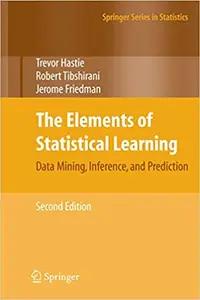
The Elements of Statistical Learning
Trevor Hastie

The Mathematics of Politics
E. Arthur Robinson

The Perfect Bet
Adam Kucharski

The Principia
Isaac Newton

The Science of Conjecture
James Franklin
Popular Books Recommended by Great Minds 📚

7 Powers
Hamilton Helmer

High Output Management
Andrew Grove

The Third Wave
Steve Case

Can't Hurt Me
David Goggins
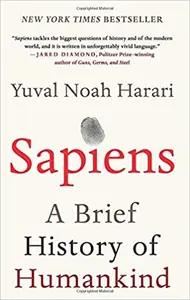
Sapiens
Yuval Noah Harari

Thinking In Bets
Annie Duke

High Growth Handbook
Elad Gil

The Coddling of the American Mind
Greg Lukianoff & Jonathan Haidt

Against The Gods
Peter Bernstein

When Genius Failed
Roger Lowenstein

Trailblazer
Marc Benioff

The Sovereign Individual
James Dale Davidson & William Rees-Mogg

Hillbilly Elegy
J.D. Vance

Measure What Matters
John Doerr

Extreme Ownership
Jocko Willink

Thinking, Fast and Slow
Daniel Kahneman
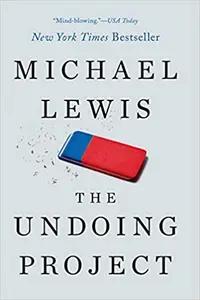
The Undoing Project
Michael Lewis

Rework
Jason Fried

The Prince
Nicolo Machiavelli
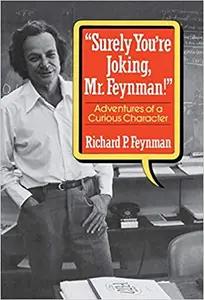
Surely You're Joking Mr. Feynman
Richard Feynman

Economics in One Lesson
Henry Hazlitt

The Bitcoin Standard
Saifedean Ammous

The Score Takes Care of Itself
Bill Walsh

The Three Body Problem
Cixin Liu

The Courage To Be Disliked
Ichiro Kishimi

Range
David Epstein

Destined For War
Graham Allison

How to Change Your Mind
Michael Pollan

The Ride of a Lifetime
Bob Iger

The Lessons of History
Will & Ariel Durant